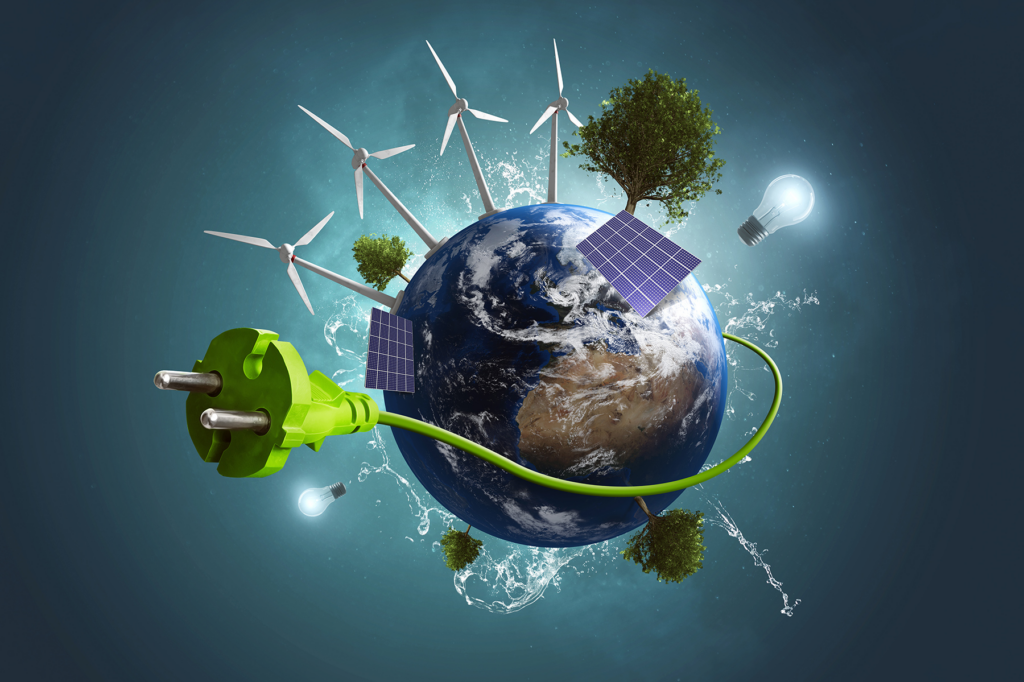
Transportation to and from work/school provides numerous possibilities to minimize environmental impact.
According to the Environmental Protection Agency (EPA), despite progress in air quality improvement, 85 million people nationwide still live in counties with harmful pollution levels thanks to high levels of urban mobility.
Sustainable transportation infrastructure is the way forward for future generations to reduce their environmental footprint.
What Are the Goals of Sustainable Transportation?
The main goals of sustainable transportation are to help reduce traffic congestion, enhance the lives of urban residents, lower outdoor air pollution, and reduce global greenhouse gas emissions and the use and reliance on fossil fuels, improving urban air quality.
What Is the Impact of Air Pollution?
Air pollution is currently one of the top threats to global health, surpassed only by high blood pressure, poor diet, and the use of tobacco.
The World Health Organization (WHO) estimates air pollution kills 7 million people worldwideevery year, a death toll much higher than previously estimated.
Fuel oils, emissions from vehicles, natural gas to heat homes, and by-products of power generation and manufacturingare the primary sources of man-made air pollution.
What Are the Benefits of Sustainable Transportation?
One of the major benefits of greener transportation systems is the reduction of in environmental footprints and levels of pollutants.
Public transportation systems are the leading source of promoting sustainability in transit, especially in dense urban areas.
Train and bus systems are safer, more accessible, and better suited for transporting large groups of people.
These types of vehicles not only reduce the emissions per passenger mile compared to single vehicles, but they also reduce the amount of vehicles on the highway.
1. It Reduces Carbon Footprint
The modes of transportation such as walking or cycling don’t produce harmful greenhouse gas emissions, waste electricity, or emit pollutants like noise or air pollution.
The public can reduce congestion in traffic which results in less pollution per person mile.
2. It Creates Safer Transportation
Sustainable public transportation has many advantages over private transportation and is much more comfortable and relaxing when it comes time to travel around a city.
Unfortunately, it can be difficult to drive around these areas, and you have much less likelihood of being injured when using public transportation systems.
3. It Lowers Congestion Levels
The sustainable transportation system eliminates bottlenecks due to the low number of private and business vehicles.
Even within larger metropolitan areas, it’s easier to get there. Open roads and other places are important in preserving natural ecosystems.
4. It Promotes Health and Well-Being
Reduced emissions can help promote good health. Many people live in regions where pollutant levels are exceeding legal boundaries.
If more passengers took public transportation, the pollution levels would dramatically decline, allowing residents in these areas to breathe easier and live longer.
Study results indicate a high percentage of people living in walkable communities have longer life expectancies.
Active walking and cycling daily instead of driving to work can improve your health and wellness naturally.
Benefits of Increasing Sustainable Commuters
Sustainable mobility improves air quality and reduces greenhouse gas emissions.
Pollutants from many transportation sources aggravate respiratory disease, contribute to property damage, and influence acid rain.
A sustainable transportation system can help reduce the threat of climate change and decrease toxic air pollution.
Less Pollution and Improved Air Quality
Currently, more than a quarter of all transportation fuel is still powered by petroleum. The average passenger vehicle produces about 411 grams of CO2 per mile driven.
Public modes of transport are less harmful to humans than private vehicles and reduce CO2.
Public transportation moves people to and from work while emitting fewer greenhouse gases than private cars.
7. More Job Opportunities Are Created
As transportation options evolve, cities are going to need extra support to help.
There’s an expected increase in the demand at the metro stations as well as in electrical charging stations. Sustainable transportation could create 24 million jobs globallyby 2030.
What Is the Most Sustainable Form of Transportation?
Besides hiking and bicycle riding, trains remain one of the greenest and most environmentally safe travel methods.
Trains emit between 70 to 80% less greenhouse emissionsthan automobiles and airplanes.
Whether diesel or electric-powered, trains emit66 to 75% fewer carbon emissions compared to planes and cars.
What Are Examples of Sustainable Transportation?
Walking, biking, public transportation, carpooling, ride-sharing, alternative fuel vehicles, electric vehicles, and electric trucks all provide a great example of sustainable forms of transportation.
There’s no time to waste. The climate crisis is real.
Learn more about EvCC Sustainability www.everettcc.edu/green or email to sustainability@everettcc.edu








